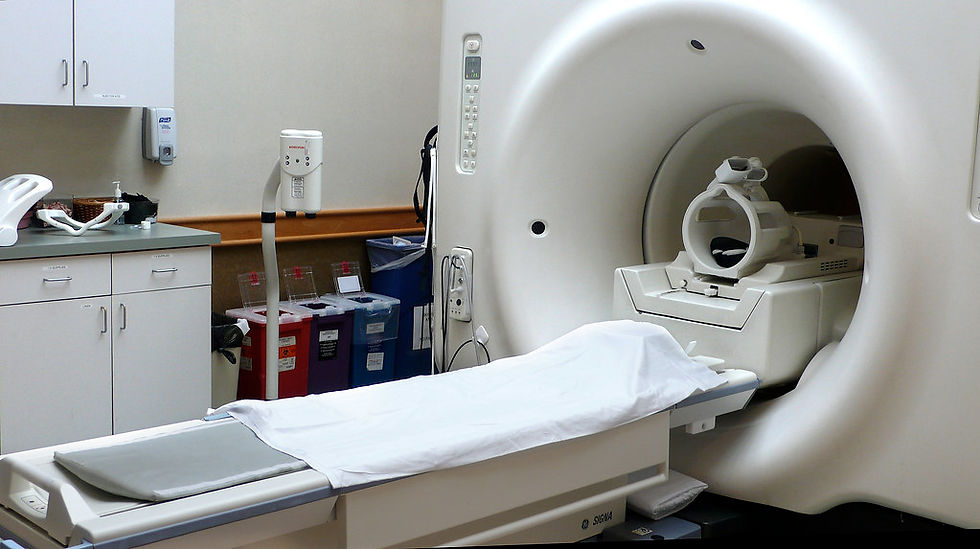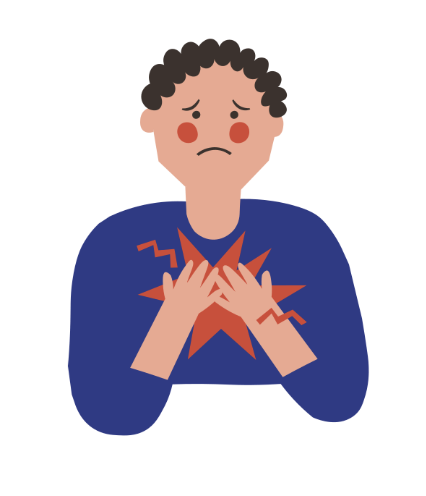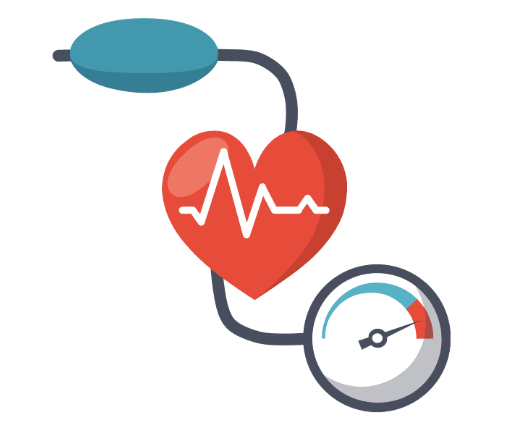Why so Bloody?
- irp2av
- Oct 5, 2022
- 3 min read
Updated: Oct 12, 2022
Written by Team Virginia
Atherosclerosis is an inflammatory disease signified by plaque formation in the inner arterial walls. Plaque formation can occur at any location in the body resulting in heart attacks, stroke, neurological damage, lower leg complications and many more issues. Atherosclerotic cardiovascular disease is the leading cause of death in the world today. Due to its asymptomatic nature, it is difficult to determine the onset of this atherosclerosis, however, it is not completely impossible to quantify the devastating effects of this disease. Atherosclerosis is attributed as the most common underlying cause of many cardiovascular diseases such as coronary heart disease and stroke. To understand the global effect of atherosclerosis, let’s look into the statistics of cardiovascular disease.
According to the World Health Organization, in 2019, 17.9 million people died of cardiovascular disease. That accounts for around 32% of all deaths worldwide. Coronary heart disease is a leading cardiovascular disease with around 126 million cases worldwide.

Disease Progression of Atherosclerosis:
Atherosclerosis starts off low density lipoprotein (LDL) entering the arteries, which are oxidized to oxidized-LDL (oxLDL). This creates endothelial damage in the arteries which leads to inflammation. Due to this inflammation, immune cells are signaled to the site of inflammation which signals the release of inflammatory mediators and together immune cells and these mediators begin to hack away cholesterol that has built up. These immune cells become bigger and bigger and they are coined the term ‘foam cells’. Plaque begins to form in the arteries as these foam cells fuse together. Surrounding smooth muscle cells are signaled by the inflammatory mediators to form a fibrous cap which, for the time being, keeps the plaque at a stable state. Atherosclerosis becomes dangerous when this cap is broken, leading to an unstable plaque buildup. At this point of development, the goal of treatment is to prevent the cap from breaking as it is too far to reverse the plaque buildup.
Symptoms of Cardiovascular Disease:
As mentioned before, atherosclerosis is mostly asymptomatic. Instead, we will look at the symptoms of cardiovascular diseases to understand how atherosclerosis affects the body.
Common symptoms of cardiovascular disease
pain and discomfort in the chest and other regions of body
lightheadedness
shortness of breath
fever
high blood pressure in late stages due to plaque formation
At late development, atherosclerosis is irreversible and the goal of treatment shifts to keeping the fibrous cap on the plaque to avoid rupture of the plaque, leading to instability.
Current methods of diagnostics:
Currently, imaging technologies are the leading instruments used to detect atherosclerosis. Radiologists typically look for significant plaque build in the arteries when diagnosing atherosclerosis.
Imaging Technologies
1. Traditional angiograms
injection of dye in the patient's hearts to be viewed by an X-ray
advantage: helps determine where and to what extent an artery is blocked by plaque
disadvantage: invasive through use of catheter, costly (ranging around $5,000-$10,000)
2. CT scans
injection or IV tube administers a dye in a patient's blood vessels which can then be imaged using a combination of computer and X-ray technology
advantage: non-invasive angiogram
disadvantage: X-ray technology = harmful exposure, costly (around $6,200)

3. MRI scans
injection or IV tube administers a dye in a patient's blood vessels which can then be imaged using a magnetic field and computer generated radio waves
advantage: non-invasive angiogram, less harmful than CT scan
disadvantage: costly (around $2,000), not accessible for patients with metal or electronic medical devices, not accessible to patients in under-resourced areas

A common disadvantage: These imaging technologies rely on the formation of plaque buildup which as mentioned earlier are associated with later stages of atherosclerosis development.
Current methods of treatment:
There are three stages of intervention when it comes to the treatment of atherosclerosis:
Primary Intervention
Dietary changes
Regular exercise regimen
Cessation of smoking
Atherosclerosis is characterized by elevated cholesterol and unhealthy fat levels, both of which are directly affected by the foods that a person eats. If a person eats fatty, oily foods consistently, their body will not be able to break down the fats and cholesterol fast enough to avoid buildup. By implementing a no smoking rule, change in diet, and regular exercise, a patient is essentially assisting their body in breaking down these fats.
If the primary intervention step does not result in sufficient changes, secondary intervention methods are employed in junction with the primary methods.
Secondary Intervention
1. Medical therapies
Statin therapy
Cholesterol absorption inhibitors
bile acid sequestrants
These medical therapies either lower LDL-C (low-density lipoprotein) levels, lower TG (triglyceride) levels, or increase HDL-C (high-density lipoprotein) levels.
Sometimes, medication is not enough and therefore surgery is recommended to scrape the plaque from the artery. This is usually a last resort as surgery costs thousands of dollars and may require weeks of recovery time.
Tertiary Intervention
1. Percutaneous coronary intervention (PCI)
open blocked or narrowed coronary (heart) arteries
also known as angioplasty
2. Coronary artery bypass grafting
arteries or veins from other parts of the body are used to redirect blood from the coronary arteries to your heart
There are other surgeries that target blocked or narrowed arteries in other areas of the body such as legs and neck, but these are the surgeries that directly target arteries surrounding the heart.
Careers involved in cardiovascular health:
There are many careers that pertain to cardiovascular health. Some are research based, while others involve more physical applications of cardiovascular knowledge.
Careers
Cardiologist: physician who specializes in treatment and conditions of the heart
Cardiovascular nutritionist/dietician: expert who focuses on dietary and lifestyle implementations that lead to a healthy heart
Radiologist: imaging expert not specific to cardiovascular health but conduct angiograms, MRI, and CT scans that are crucial in diagnosing atherosclerosis
Cardiovascular surgeon: physician who specializes in performing surgery related to the heart and vascular system
Cardiovascular technician: expert who works in a catheterization lab and performs procedures such as implementation of pacemakers, stent implants, and defibrillators.
Personal Fitness Trainer: train individuals in a gym setting and create a personalized exercise routine.














Comments